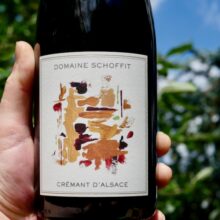
Product information
Domaine Schoffit Crémant d’Alsace (Base 2019) NV
Sparkling from France, Alsace
$62
Description
Full of interest and intrigue with all of the development and textural refinement you would expect from a decent bottle of champagne at half the price!
60% Auxerrois, 20% Pinot Blanc and 20% Pinot Gris. Base 2019, 3 years on lees sur latte.
*Pinot Blanc & Pinot Gris are permitted varieties in Champagne & we’ve seen more fizz including them crossing our paths.
In stock
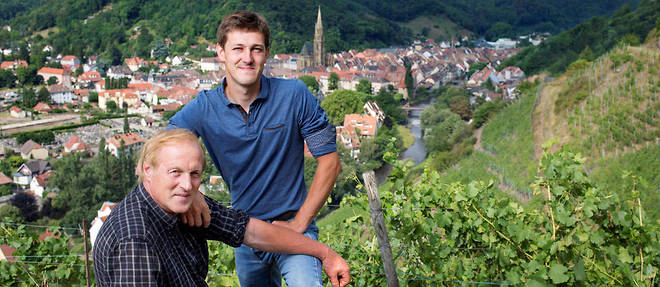
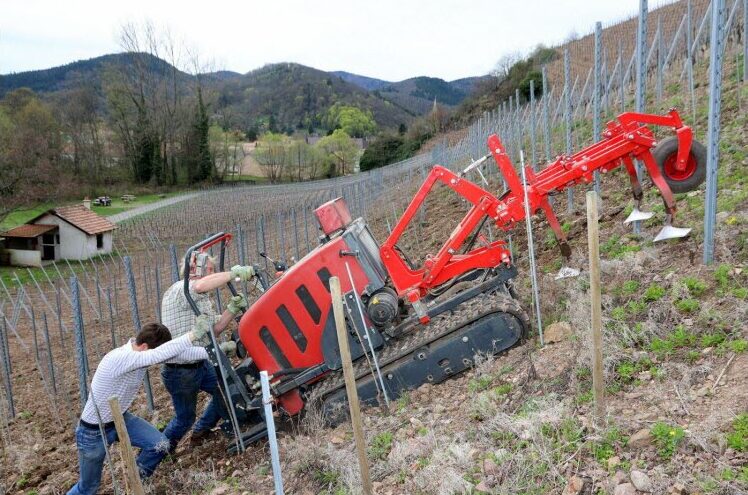
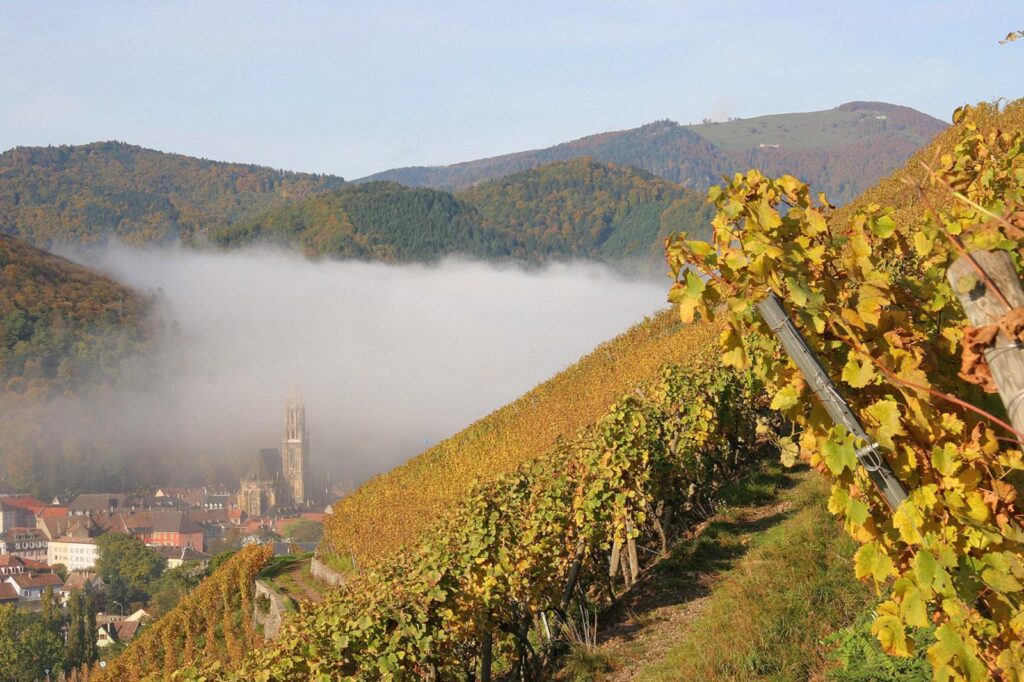
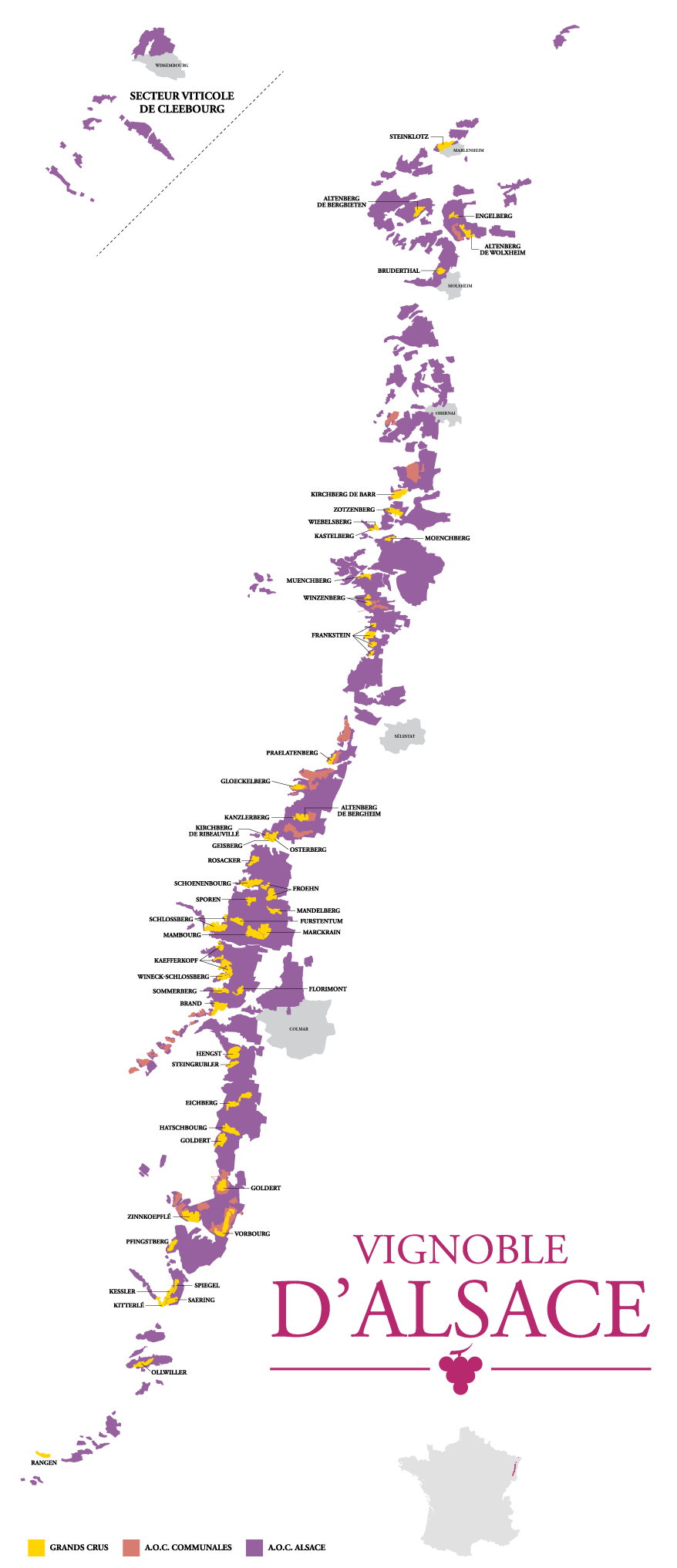
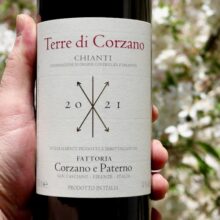
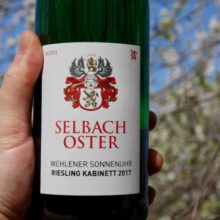
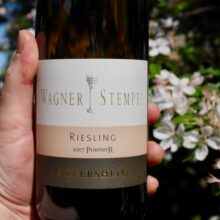
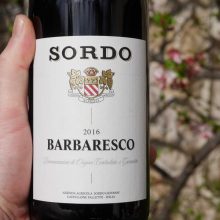
You must be logged in to post a comment.